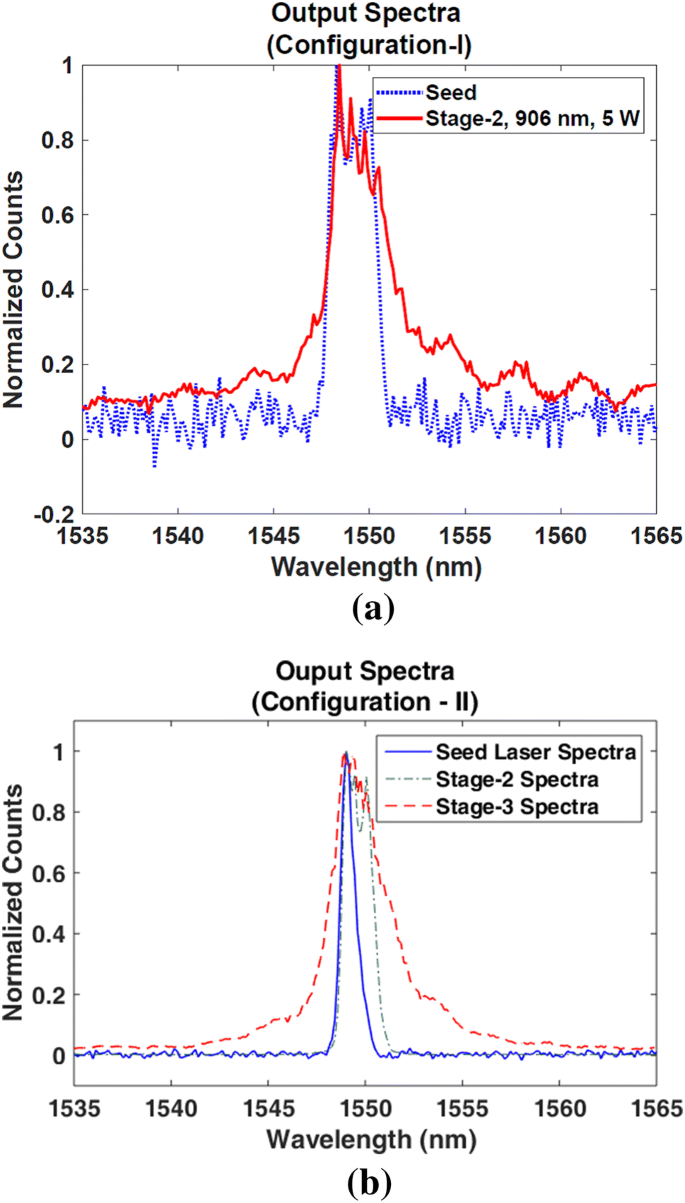Contents

Source: link.springer.com
<>
Understanding Parasitic Lasing in Lasers
Introduction
In lasers and amplifiers with high gain, parasitic lasing can occur, leading to unwanted effects on the laser operation. This phenomenon can impact the performance and safety of laser systems.
Causes of Parasitic Lasing
Parasitic lasing is more likely to happen in systems with high unsaturated laser gain, such as Q-switched lasers during the pumping phase. At low pulse repetition rates, the risk of parasitic lasing increases due to higher stored energy in the gain medium.
Diagnosing Parasitic Laser Operation
Identifying parasitic lasing can be challenging. When examining a laser crystal with an infrared viewer, distinguishing between parasitic lasing effects and other reflections or scattered pump light can be difficult. Amplified spontaneous emission (ASE) in the optical spectrum can indicate parasitic lasing, characterized by sharp and unstable peaks.
Effects of Parasitic Lasing
The primary issue with parasitic lasing is the unwanted energy extraction, which can lead to gain clamping and hinder the intended laser operation. This can limit power output or pulse energy. Additionally, parasitic lasing may result in the emission of coherent light in unexpected directions, posing a potential laser hazard.
Conclusion
Understanding and managing parasitic lasing in laser systems is crucial for optimizing performance and ensuring safety. By diagnosing and addressing parasitic lasing issues, the efficiency and reliability of lasers can be improved.

Source: ResearchGate
Feel free to comment your thoughts.



